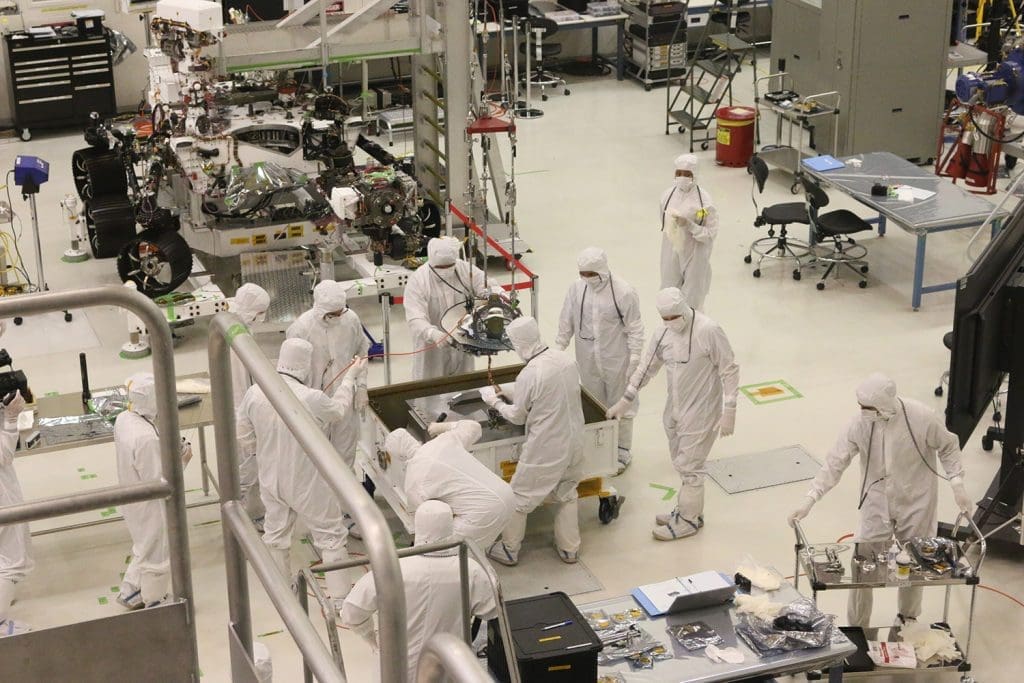Why We’re Concerned
Environmental Harm: A Threat to Local Communities

Microchip manufacturing uses vast amounts of water, leaves a huge carbon footprint, and produces gigantic amounts of hazardous waste.
An individual chip fab can use millions of gallons of water per day (in some cases equivalent to the household water consumption of a city of 120,000). Several new sites are located in the most drought-stricken areas in the U.S.
The industry’s already massive electricity consumption is expected to more than double by 2030, using more power and releasing more greenhouse gasses than some countries. A 2020 study predicted that information and computing technology will account for as much as 20% of global energy demand by 2030, with chip manufacturing contributing most of that carbon output.
Unfortunately, no major semiconductor manufacturers, display manufacturers, or final assembly companies have issued climate commitments to reduce emissions in line with limiting global warming to 1.5 degrees Celsius by 2030.
Santa Clara County, California, birthplace of the semiconductor industry, has 23 EPA Superfund sites, more than any other county in the U.S. Today, history is repeating itself. In the past two years, Samsung’s semiconductor facility in Austin, Texas has spilled hundreds of thousands of gallons of toxic wastewater, including sulfuric and hydrochloric acid, into neighboring bodies of water that flow to the Colorado River.
Chip-making also involves the use of hazardous gasses, such as arsine, phosphine, hydrogen chloride, and dichlorosilane. Cities in Silicon Valley passed Toxic Gas Ordinances that require double containment of all toxic gasses and strict monitoring to detect any releases, but other communities around the country may not be ready for toxic emissions.
The CHIPS Act aspires not just to promote semiconductor manufacturing in the US, but to position our country to produce the most advanced chips using cutting-edge technology. But these are the very chips that guzzle the most water, use the most electricity, and create the most emissions.

Toxic Forever Chemicals
Chip makers rely on toxic per- and poly-fluoroalkyl substances (PFAS), better known as “forever chemicals,” because they remain in the environment and accumulate in the human body. PFAS are associated with cancer, liver damage, decreased fertility, asthma, and thyroid disease. The industry says it is unnecessary to clean PFAS from wastewater before dumping them. “Most PFAS are not regulated pollutants,” they argue, “and therefore unless company specific provisions are in place, the wastewater from processes that use aqueous wet chemical formulations that contain PFAS would likely be discharged to the publicly owned treatment works without substantive removal of the PFAS.” In the US, industrial use of PFAS has contaminated water supplies, farmland, and rivers.

We recommend:
- Review of facility design to ensure protection of air and water resources.
- Ambitious renewable energy commitments with high-impact sourcing methods.
- Phase out of PFAS “forever chemicals” and ensuring substitutes are safe.

